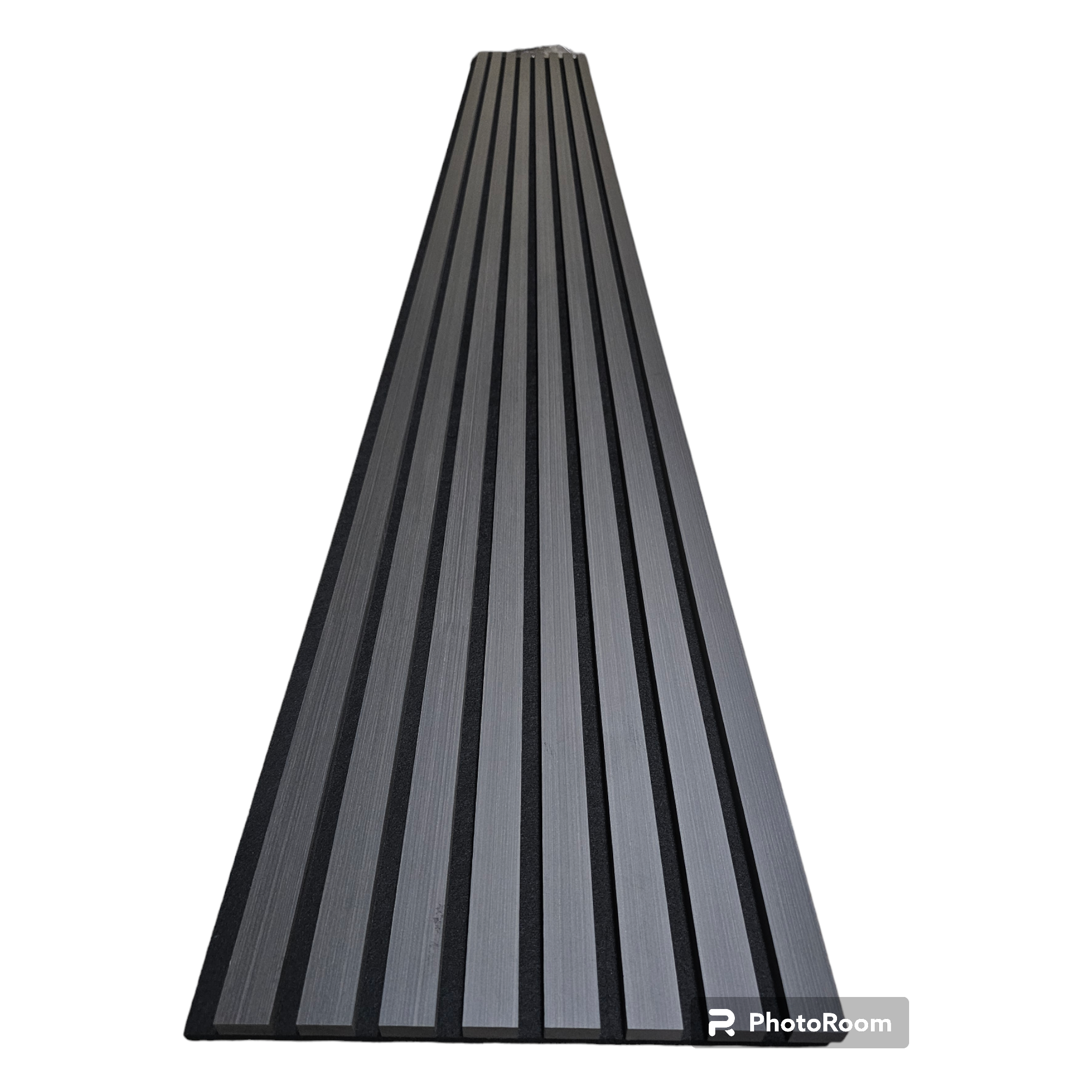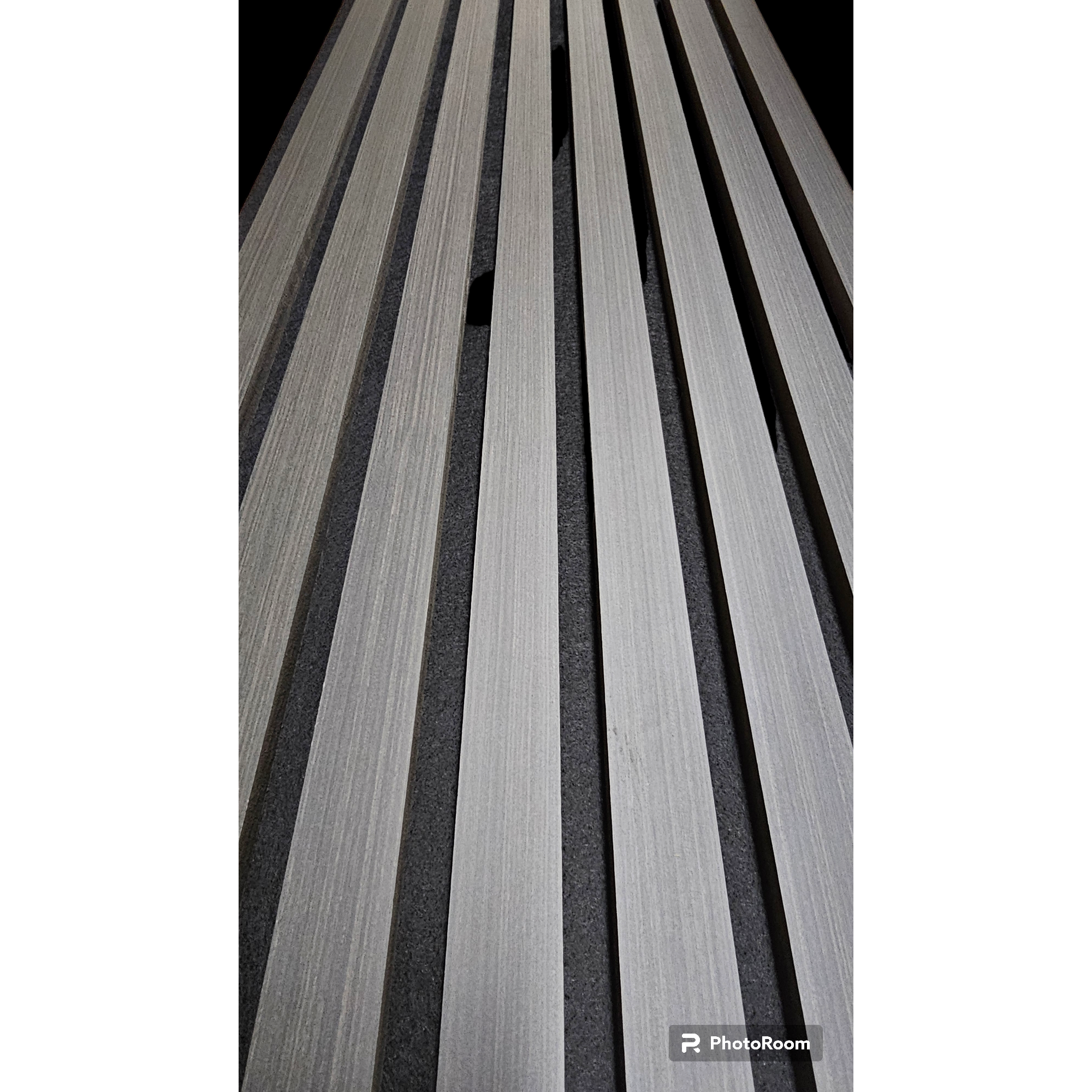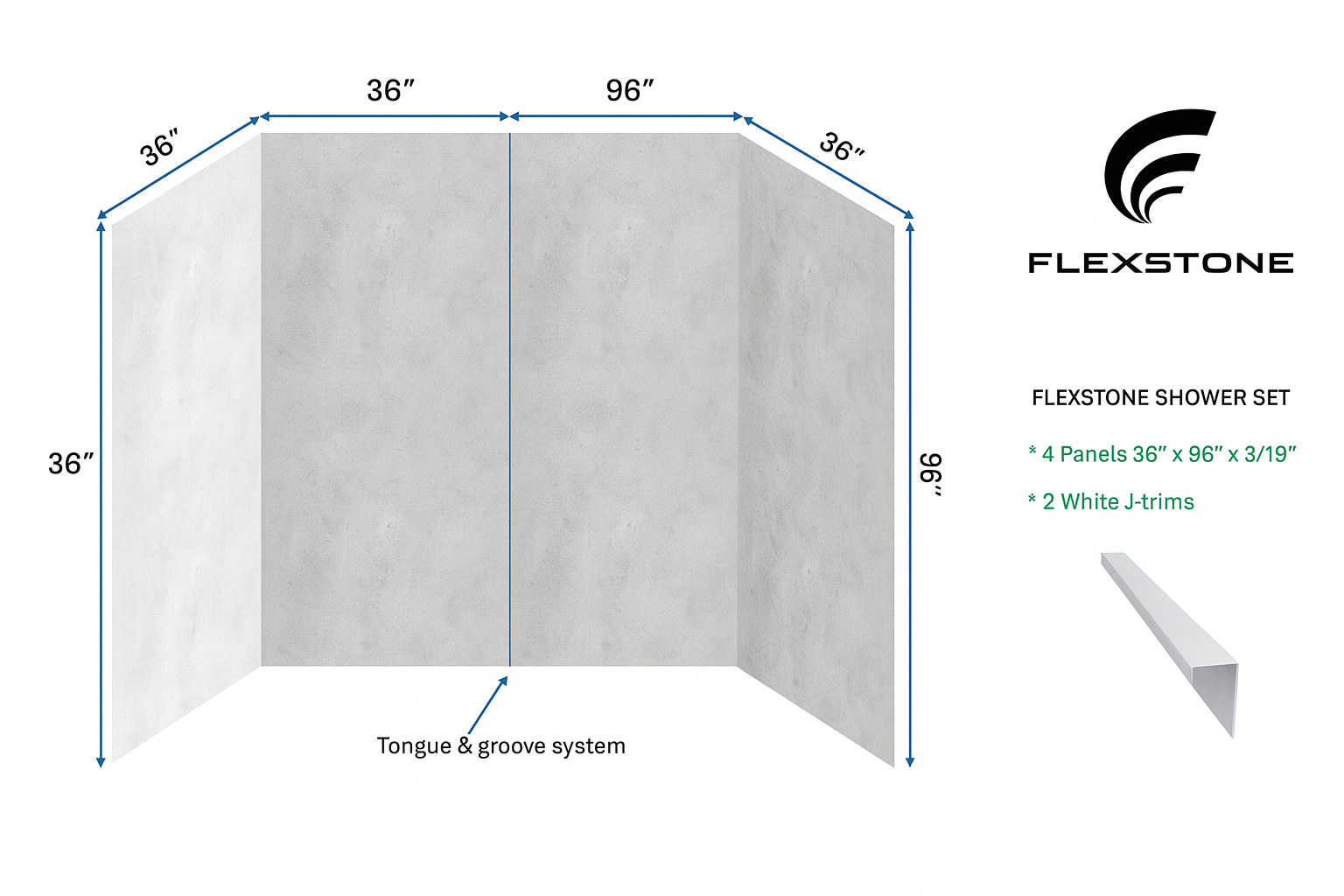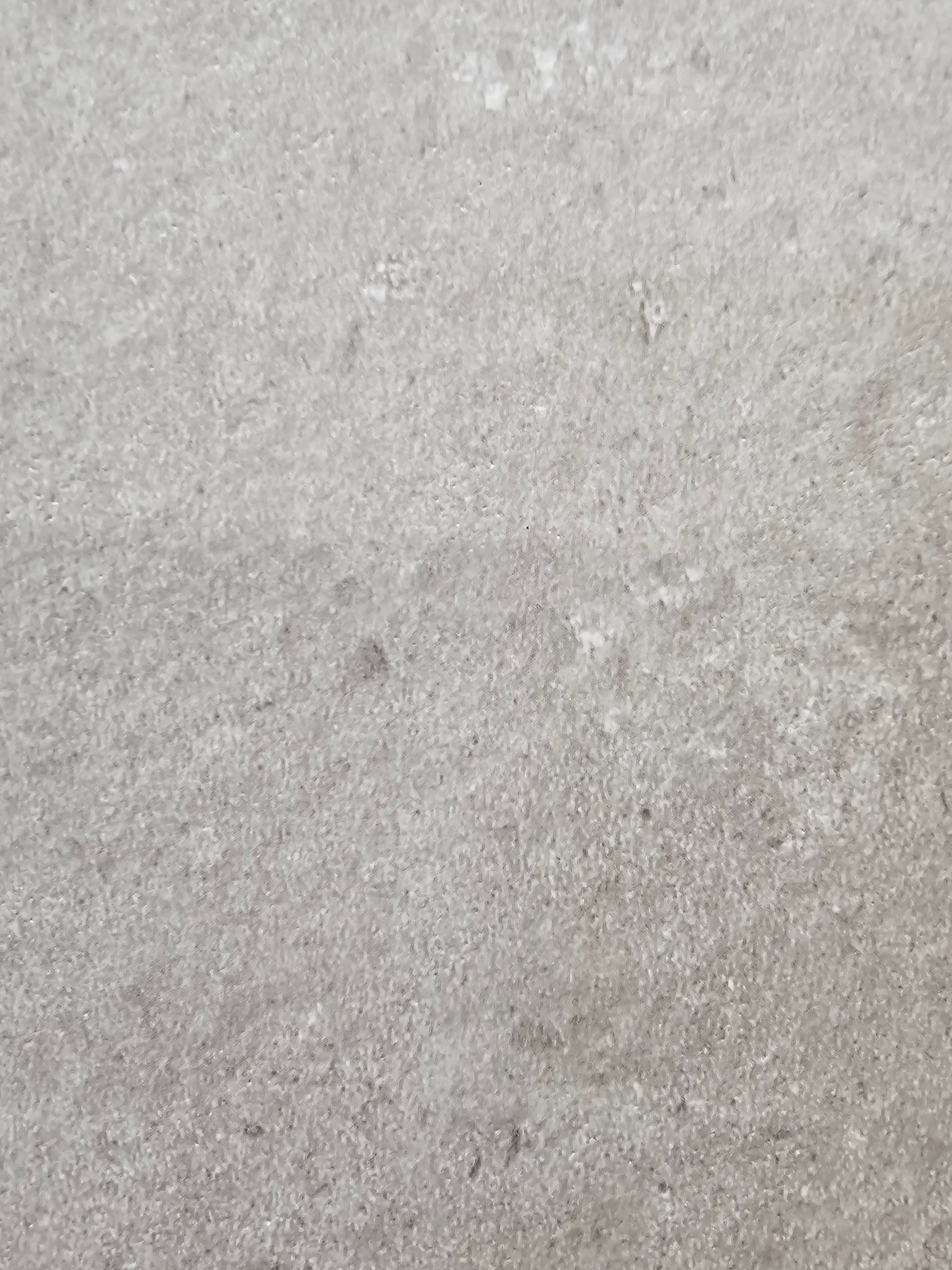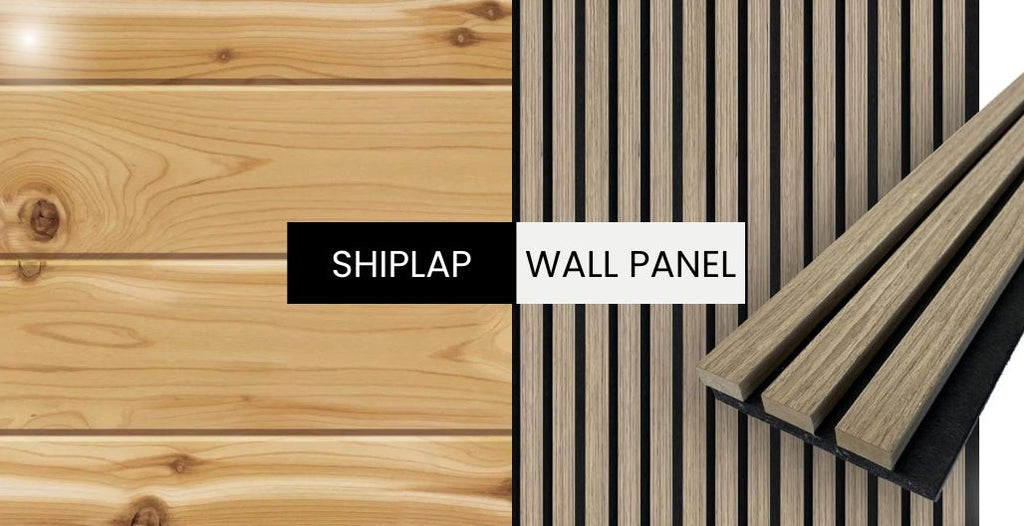
What is the difference between wall paneling and shiplap?

When renovating or redecorating, choosing the right materials for your walls can significantly impact the overall look and feel of your space. Shiplap and wall paneling are two popular options, each with its own unique aesthetic and functional benefits.
This guide will provide a concise overview, including the advantages and disadvantages of each, to help you make the best decision for your home.
Key Differences and Where to Use Them
The following table offers a straightforward comparison between shiplap and wall paneling:
| Feature | Shiplap | Wall Paneling |
|---|---|---|
| Material | Typically wood | Available in wood, MDF, vinyl, and more |
| Aesthetic | Rustic, traditional | Highly versatile; fits any decor style |
| Installation | Overlapping boards | Panels may click together or attach to the wall with adhesives or nails |
| Cost | Generally more expensive | Cost varies; options available for all budgets |
| Maintenance | Requires regular sealing/staining | Generally low maintenance, especially synthetic materials |
| Moisture Resistance | Susceptible to moisture damage if not treated | Many types are inherently moisture-resistant (especially vinyl or PVC) |
| Durability | Can be prone to warping and rotting | Often more durable; some types are designed to resist impact |
| Versatility in Design | Limited to rustic or nautical themes | Can mimic other materials and comes in various designs and finishes |
| Installation Flexibility | Fixed installation orientation | Can be installed in any direction and on almost any surface |
| Functionality | Primarily decorative | Can offer soundproofing and insulation benefits |
Shiplap: Advantages and Disadvantages
Advantages:
Adds a warm, rustic charm ideal for traditional or country-style homes. Natural wood texture can enhance the coziness of a space.
Disadvantages:
Higher maintenance requirements including regular treatments for moisture. Less versatile in style, primarily suited for specific themes.
Best Places to Use:
Ideal in settings that aim for a rustic or farmhouse look, such as living rooms, kitchens, or hallways in country-style homes.
Wall Paneling: Advantages and Disadvantages
Advantages:
Highly adaptable to any design aesthetic from ultra-modern to classic. Offers a variety of material choices that can fit any budget and maintenance capability.
Disadvantages:
Some cheaper materials may appear less premium and may not endure as long as high-quality options. Installation might require professional services depending on the complexity and material.
Best Places to Use:
Suitable for virtually any room including bathrooms, kitchens, and basements due to its moisture-resistant options. Great for commercial spaces or rental properties where durability and low maintenance are priorities.
Choosing between shiplap and wall paneling ultimately depends on your specific aesthetic goals, budget, and practical needs. Wall paneling's versatility and ease of maintenance make it a superb choice for those who desire a stylish yet practical solution across various settings.
On the other hand, shiplap is perfect for adding character and a timeless rustic touch to appropriate themes. Evaluate your space and consider these factors to select the best wall covering option that meets both your style and functional requirements.

